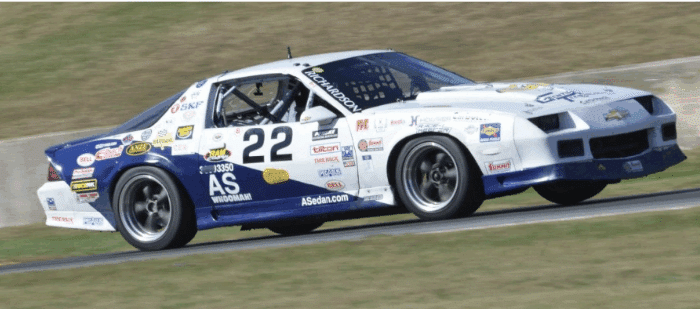‘Reverse engineering’ is polite way of saying ‘copying someone else’s work’. It sounds technical, it sounds professional, and it disguises the fact that we are doing something our parents and teachers told us not to do. Nevertheless, when it comes to automotive service parts it is generally legal as long as features not essential to proper function aren’t duplicated; that would be illegal and is called counterfeiting.
If an item is ‘reverse engineered’ from a good sample, and the person or persons hired to do the work knows the intended use and functional requirements, parts made from ‘reverse engineered’ prints can be useful and cost effective. Frequently, once the original equipment manufacturer has discontinued their version, they are the only service alternative.
Rarely, however, does the ‘reverse engineer’ have access to the number of samples necessary to establish median dimensions or tolerances. The truth remains, a copy is never the same as the original. It’s always a little ‘fuzzy’. At AutoGear we call that ‘drift’.
Which brings us to the point. For half-a-century some of the most frequently purchased, and consequently most frequently ‘reverse engineered’ items in the North American manual shift aftermarket, have been ‘Muncie’ four-speed gears. On these items, as new vendors enter and copies are made from copies, ‘drift’ has been significant and, in some cases, function or durability has been compromised.
Some time ago, we noticed that the synchronizer cones on our ‘Muncie’ mainshaft gears weren’t where they should be. We checked our prints and our Italian vendor’s prints and confirmed that manufacturing was delivering good, accurate gears according to our specifications. The problem was ‘drift’. We knew that the only proper way to proceed was to get back to the ‘gold standard’, the specifications on the original equipment drawings. So, we called in some favors, got the General Motors dimensions, revised our prints, and ordered new ‘cone corrected’ gears.
At the same time, we noticed that ‘drift’ was also present in our synchronizer rings, purchased parts then not under our direct engineering control. To put these, the most technically complex and least appreciated item in the gearbox, where they belong, under our control and back on the ‘gold standard’ to assure proper synchronization, it was necessary to obtain General Motors prints. We did this as well.
The new synchronizer rings we designed, forged from the most durable synchronizer bronze available and made exclusively for us by Kyowa in Japan, are now available as our ‘18-091-012’ (1963-65 design) and ‘18-091-010’ (1966-74 design). Of course, they’re ‘cone corrected’ to pair with our new ‘cone corrected’ gears, but they also feature correct 110 degree pointing (for faster shifting), strut pockets with generous corner reliefs (to prevent cracking in the heavily-loaded corners), nine equally-spaced wiper slots (to initiate synchronization sooner), and three pilot lands (to reduce ‘cold ring rattle’).
Here’s where it becomes interesting. The design gap between the mainshaft clutch ring (the 36 teeth over which the clutch slides to engage the gear chosen) is, using the General Motors dimensions (i.e.: the ‘gold standard’) remember – 062″. This is the same dimension we obtain when our new ‘cone corrected’ gears or new old stock General Motors gears are used with our new ‘cone corrected’ 18-091-012 or 18-091-010 synchronizer ring.
Unfortunately, because the end user community commonly believes that a larger gap is better (it’s not usually, but that’s for another time), most aftermarket ‘reverse engineered’ gears have ‘drifted’ toward larger diameter cones. On these, our ‘cone corrected’ rings will sit ‘high’ and the strut float necessary for proper shifting may be reduced or even eliminated entirely. To accommodate larger diameter cones without strut ‘pinching’ aftermarket synchronizer rings have ‘drifted’ toward compensating oversize cones. Observing this is, in fact, what sent us back to the ‘gold standard’ originally.
Conversely, using our ‘pre-cone-corrected’ WT297-14C (1963-65 design) or WT297-14D (1966-74 design) synchronizer rings on ‘cone-corrected’ gears will reduce the gap between the clutch and synchronizer rings.
So, for best performance, our older ‘pre-cone-corrected’ gears should be used with our old ‘pre- cone-corrected’ synchronizer rings, and our new ‘cone-corrected’ gears should be used with our new ‘cone corrected’ synchronizer rings.
To make this easier to understand and the required items easier to purchase, we will be adding one (1) each of 18-091-012 or18-091-010 to each ‘cone-corrected’ mainshaft gear shipped.
We apologize for the confusion, but this is the only correct way forward. Thank you for your understanding and continued support.
George

